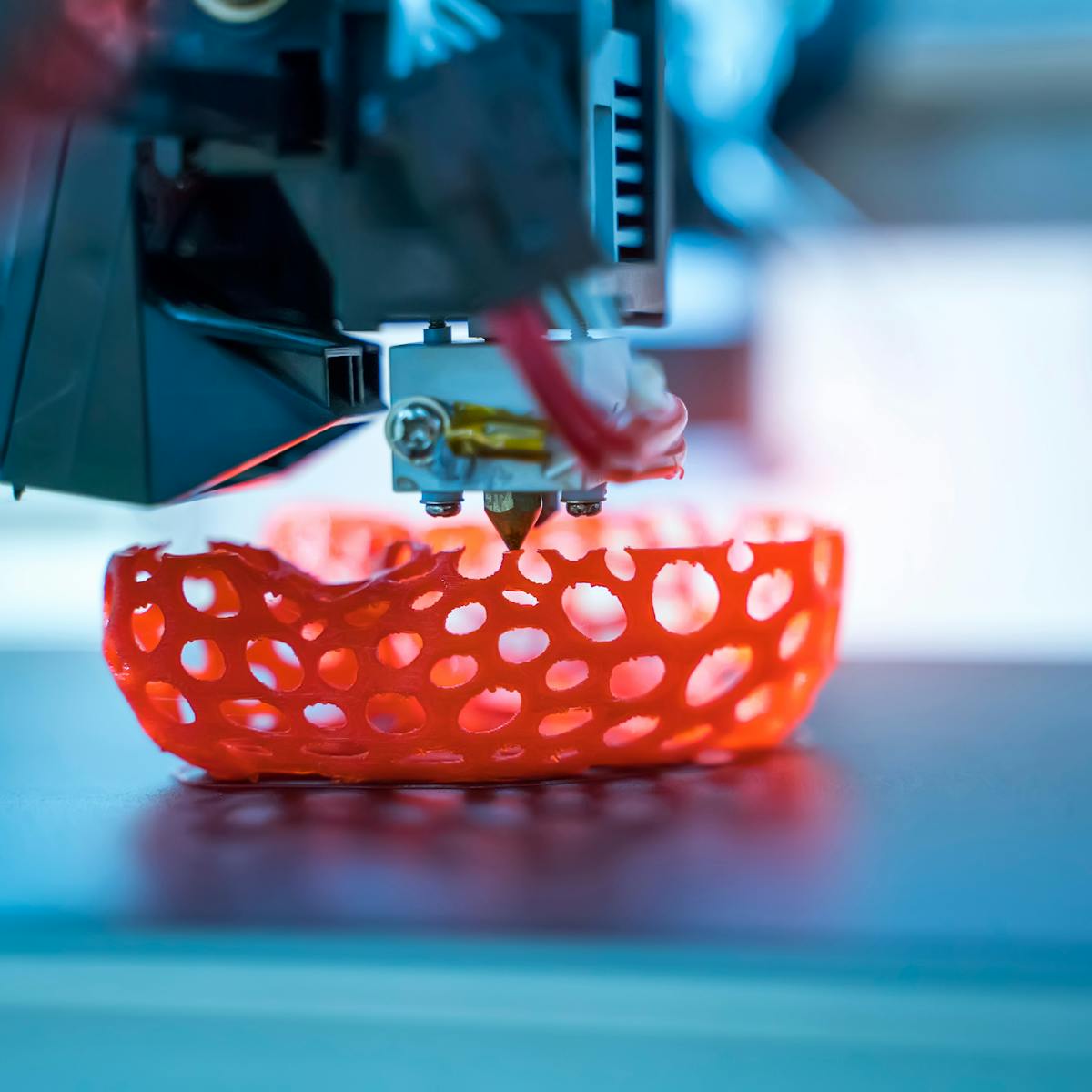When it comes to 3D printing, the most important thing is not the brand of your printer , but how well you understand the printer and its functions. Many 3D printers come with fewer features yet they can give you all the benefits that the most expensive 3D printer offers. However, it doesn’t mean you need to invest in a costly machine just because it’s got several features.
1. What is a 3D printer?
3D printers use machines to create 3-dimensional objects by depositing material in layers. There are various kinds of 3D printers. They are available in a wide range of sizes. They include desktop 3D printers, that could be purchased for a couple hundred dollars. There are also cheap 3D printing machines that can be utilized by hobbyists as well as small-scale businesses. The mid-range 3D Printers have more features that those designed for professionals and 3D printers designed for beginners. A 3D printer is an equipment that is used to produce 3-dimensional objects from 3-dimensional computer-aided design(CAD) files. A 3D printer produces a 3-dimensional object by using layers of plastic or other material. Then, it forms into an object. FDM printers as well as STL printers are the two main kinds of 3D printers. They employ different printing techniques to produce 3D objects. Fused Deposition Modeling is by far the most efficient 3D printer in terms of cost.
3D printers typically require more time than regular printers , as 3D printing involves a lot of trial and error before creating the desired 3D prints. The way the printer is made and what kind of 3D printer it’s, will determine how fast 3D printing happens. Printers that have many features are more likely to be slower to print 3D models than those without.

2. Types of 3D printers
Three-dimensional printers generally fall under one of two types: 3D Printer or 3D printer filaments. 3D printer filament refers to the materials used in 3D printers for creating 3D prints. 3D filaments for printers are available for both types of 3D printers: hot end(FFF) and cold end. The 3D printers with the lowest cost use the Fused Deposition Modeling(FDM) method to print 3d prints. The extruder in 3D printers melts plastic filaments and is pushed through a tube, which is then inserted into an nozzle that is heated, and it’s pulled out of a small opening and is brought into contact with a 3D printed layer below, slowly forming a 3D object. 3D printers that have extruders in the form of Fused Deposition Modeling(FDM) 3D printers can print almost any kind of 3D filaments from HIPS to ABS and from PLA to nylon-based filaments.
3. Materials used in 3-D printing
In 3d printing, 3d models are developed from 3D computer-aided design(CAD) files. These 3D printable CAD models can be printed as 3D-like objects because they are 3D in dimension that is perpendicular to the plane of 2 dimensions of the screen. For printing objects 3D, the majority of 3D printers use three kinds of filaments. 3D printing filaments are generally available in three different material types: ABS(Acrylonitrile butadiene Styrene), PLA(polylactic acid) and HIPS(high impact polystyrene).
For more information, click laser 3d printer
4. Maintenance of 3D printers
Every 3D printer needs regular maintenance to ensure that it prints without issues. Fused Deposition Modeling (FDM) printers require periodic cleaning to avoid printing failures or print jams. If you encounter print jams take out all filament from the printer’s nozzle as well as the extruder.
5. There are many types of 3D printers that you could purchase
Three-dimensional printers fall into one of two classes: Printer filaments or printer filaments. The filament is the material that is used by printers for printing. Hot-end (FFF) and cold-end (3D printers) can use printer filaments. The most affordable printers employ the Fused Deposition Modeling(FDM) technique to make prints. Printers with extruders in the form of Fused Deposition Modeling(FDM) are able to print virtually all kinds of 3D filament , from HIPS to ABS and PLA to nylon-based filaments. Printing 3D objects done in plastics, ceramics and metals by using FDM printers.